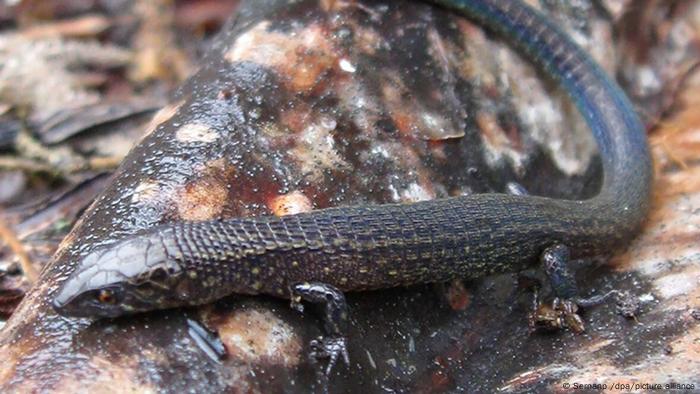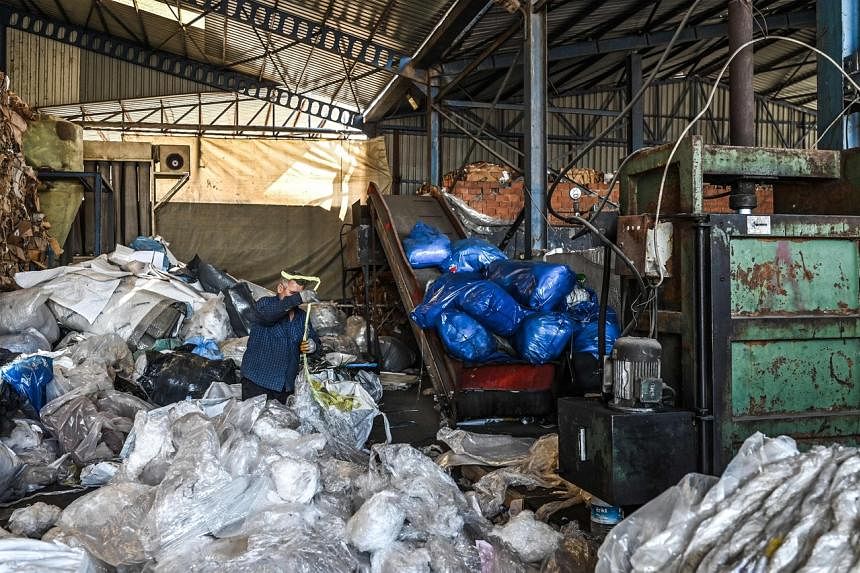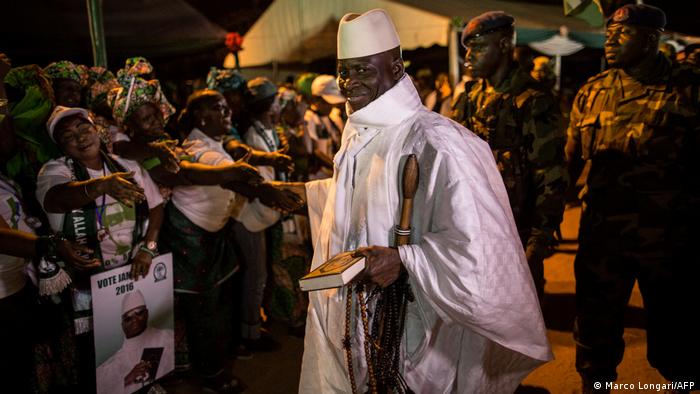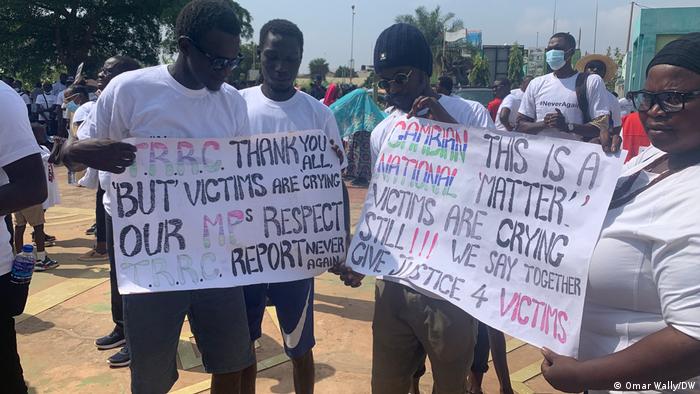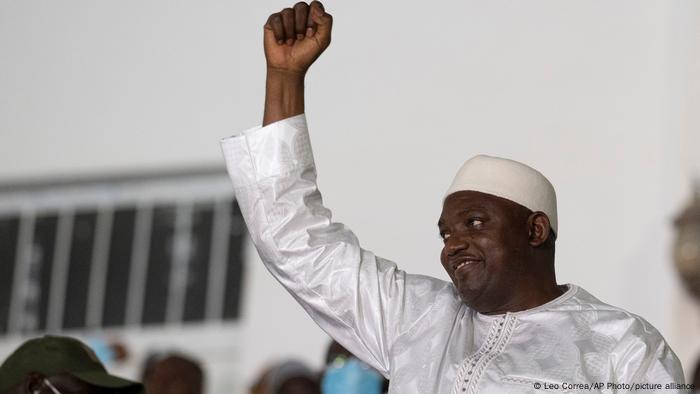Sat, May 28, 2022

In this file photo taken on October 12, 2021 Brittney Griner of the Phoenix Mercury celebrates with fans following Game Two of the 2021 WNBA Finals in Phoenix, Arizona
WNBA players and their union leaders stepped up their calls for Brittney Griner's release from prison in Russia on Saturday, the 100th day of the US basketball star's detention.
"Right now, on day 100 of BG's wrongful detainment, we are calling on everyone to use their platforms, no matter the size, to bring attention to her wrongful detainment, to get (Griner's wife) Cherelle that meeting with President Biden and to get our sister home," the Women’s National Basketball Players Association (WNBPA) said in a statement.
Griner was detained in February amid soaring tensions over Ukraine.
The two-time Olympic gold medallist and WNBA champion was arrested at Moscow's airport on February 17 on charges of carrying in her luggage vape cartridges with cannabis oil, which is illegal in Russia.
However, on May 3 the US State Department said it had determined that Russia had "wrongfully detained US citizen Brittney Griner."
On May 13, Russian state media said Griner's pre-trial detention had been extended until June 18.
In the immediate aftermath of Griner's detention, the WNBA had commented little on the case hoping not to inflame the situation.
Since the State Department's declaration that she was wrongfully detained, however, there have been more vocal calls for her release.
"To athletes, of any age, ability level, team, sport or country: this is OUR teammate," the WNBPA wrote. "A member of OUR global sports community, we need to stand up and stand together to call for her release."
Several WNBA and NBA players tweeted about Griner on Saturday.
"Brittney Griner has been illegally detained in Russia since February 17th, 2022," wrote Brooklyn Nets star Kyrie Irving. "I'm urging the (White House) to prioritize Brittney’s safe return home immediately! #WeAreBG"
Griner, 32, was travelling to play club basketball in Russia when she was detained.
Since then, the United States and Russia have exchanged prisoners with Russia, freeing former US Marine Trevor Reed who had been accused of drunkenly fighting with police.
The United States also says Russia has unjustly detained Paul Whelan, a former security official at a vehicle parts company who was sentenced to 16 years in prison on espionage charges.
bb/des

Detained WNBA star Brittney Griner's wife urged President Joe Biden to "go get her" after the two-time Olympian was detained by Russian authorities in February.
May 25 (UPI) -- Cherelle Griner, the wife of WNBA star Brittney Griner, is urging President Joe Biden to help bring home the Phoenix Mercury center after she was detained in Russia.
"There is one person that can go get her, and that's our president," Cherelle Griner said Wednesday in an interview on ESPN. "He has that power. You know, I'm just like 'Why are we not using it? Like, urgently, use it.' We're expecting him to use his power to get it done."
Brittney Griner, 31, was detained at a Moscow airport in February for allegedly carrying cannabis-oil vape cartridges, which carries a maximum penalty of 10 years in prison. The two-time Olympic gold medalist had flown from New York to Moscow to play basketball overseas during the off-season.
Griner was scheduled to appear in a Russian court on May 19, but the court extended her pretrial detention another 30 days into June.
Earlier this month, the U.S. State Department changed Griner's designation and said she was being "wrongfully detained" by Russia's government. The change in designation means the U.S. government will no longer wait for the Russian justice system to resolve the issue and will take more proactive steps to win her release.
Cherelle Griner said she has spoken with U.S. Secretary of State Antony Blinken and has been in communication with Brittney through letters.
"I'm in a position of complete vulnerability right now. I have to trust people that I didn't even know until Feb. 17. So I'm trusting her lawyers. 'How does she look? How is her spirit? How is her energy?' I'm just asking all those questions, trying to just get some type of indication or vibe," Cherelle Griner said
"Some days they say, 'She's really strong. ... She seemed in good spirits when we talked.' And sometimes they'll say, 'Her energy was really low.'"


















